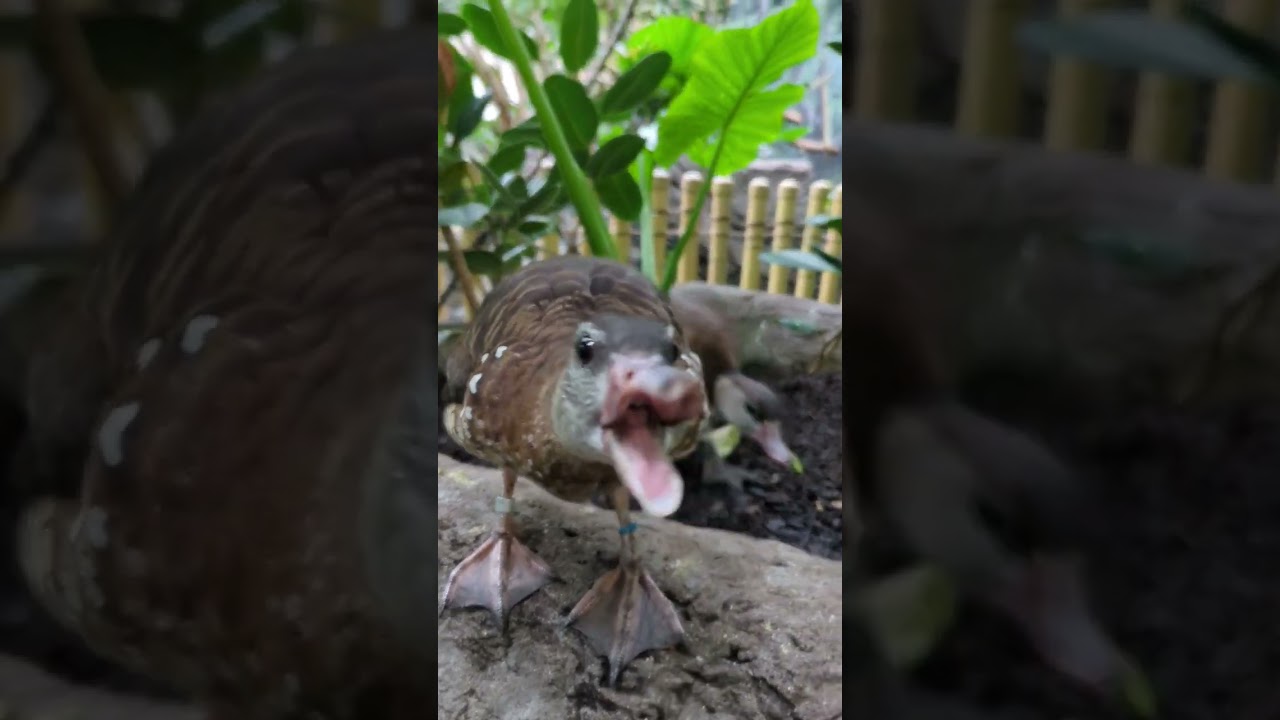– The nutritional benefits of rye and pumpernickel for wildlife health.
– The role of rye and pumpernickel in animal diets across different habitats.
– Conservation efforts to protect the natural sources of these grains.
– The impact of climate change on rye and pumpernickel cultivation.
– Encouraging sustainable agriculture practices for rye and pumpernickel farming.
Rye and pumpernickel, often celebrated for their dense, flavorful contributions to human cuisine, carry a vital message for zoology, zoo management, and wildlife conservation. Beyond their culinary appeal, these grains play significant roles in the diets of various wildlife species, supporting their nutritional needs and the ecosystems in which they live. This article delves into the importance of these grains, exploring their nutritional benefits, their place in animal diets, the ongoing conservation efforts to protect their natural habitats, the impact of climate change on their cultivation, and the push toward sustainable agricultural practices.
The nutritional profile of rye and pumpernickel is compelling, particularly for wildlife. Rye is rich in fiber, antioxidants, and essential nutrients, which support digestive health and disease prevention among wild animals. Similarly, pumpernickel, made from coarsely ground rye grains, maintains these nutritional qualities. These attributes are crucial for herbivores in the wild, who rely on a diet heavy in grains for their well-being. Furthermore, these grains are a vital energy source, critical during winter when other food sources are scarce.
When considering the dietary habits across different habitats, rye and pumpernickel are important food sources. For instance, in North American forests, deer might graze on rye fields, which can be a critical food source during the harsh winter months. Similarly, birds ranging from ducks to songbirds consume these grains, which often find their way into their diets through natural growth or farming spillage. This cross-species dietary reliance underscores the ecological significance of these grains beyond human consumption.
As human activities increasingly encroach on natural habitats, the conservation of wild sources of rye and pumpernickel becomes ever more crucial. Habitat destruction, primarily through deforestation and industrial farming practices, threatens the natural growth of these grains, posing a risk not only to the plant species itself but also to the wildlife that depends on it. Therefore, conservation efforts aim to protect these grains and preserve the delicate balance of the ecosystems they support. Initiatives to restore natural habitats, support organic farming practices and curb the expansion of industrial agriculture all play a part in these conservation efforts.
The cultivation of rye and pumpernickel faces significant challenges from climate change. Changes in temperature and precipitation patterns can disrupt the growth cycles of these grains, leading to decreased yields and diminished nutritional quality. For wildlife, this means reducing food availability and potentially compromising food quality. The resilience of these grains to changing climate conditions is being tested, and research into more resilient crop varieties and adaptive farming techniques is critical for ensuring their future availability.
In light of these challenges, promoting sustainable agriculture practices for rye and pumpernickel farming is imperative. Sustainable farming goes beyond minimizing chemical usage; it involves crop rotation, conservation tillage, and integrated pest management, which help preserve soil health, biodiversity, and the ecological integrity of farming landscapes. By adopting these practices, farmers contribute to conserving these grains as reliable food sources for wildlife while maintaining the long-term viability of their land for future cultivation.
Rye and pumpernickel indeed carry an important message that emphasizes their role in supporting wildlife nutrition, the need for their conservation, the impacts of climate change on their availability, and the crucial shift towards sustainable farming practices. These grains, integral to the diets of many wild species, are vital for ecological health and biodiversity. Through concerted efforts in agriculture, conservation, and climate change mitigation, the continued availability of rye and pumpernickel can be secured, benefiting humans and the countless wildlife species that depend on them.
*****
Source Description
Rye and Pumpernickel have a very important message to share with you. They want to let you know that they are a new species on the forest bird trail in the Islands Pavilion. They are called “whistling ducks” because of their distinctive whistling calls just like this video!
🎥 James McKinney
#shorts #louisvillezoo #zoo


